How nice would it be to be at home anywhere in the world? With a Virtual Private Network, or VPN for short, this dream can come true: Regardless of where you are, as long as you have Internet access, you can connect to your home network - or your office - as if you were there. With a VPN, you can control smart home applications while you are on the move or access data on your NAS or server. Apple's iPhone and iPad offer the matching functions.
Set up VPN on the iPhone or iPad - this is how it works
Before you start setting up the VPN, you need, logically, VPN access. You can get this from your network administrator if you want to reach your workplace via VPN. Or you can easily set up VPN access for your home network yourself. In this article, we will explain how to set up a VPN connection on your FritzBox, for example. This data usually consists of the server address, user name, password and a so-called shared secret. You can then enter this data on the iPhone or iPad.
1st step:
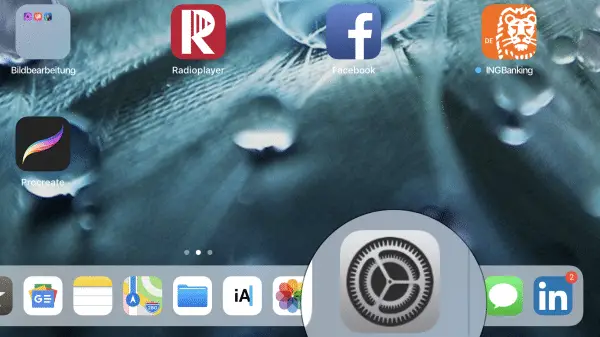 Open the settings of your iPhone or iPad.
Open the settings of your iPhone or iPad. 2nd step:
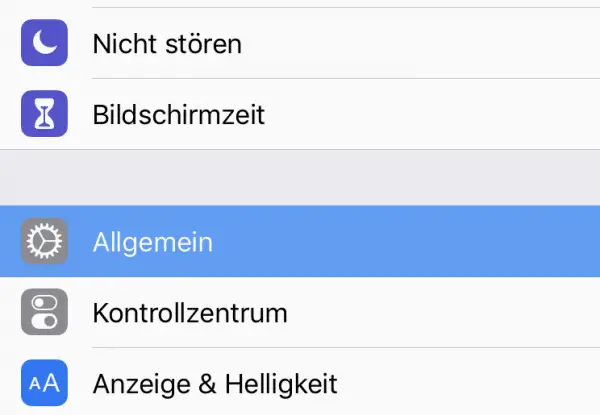 Scroll down in the settings until you find the item " General ". Tap on it.
Scroll down in the settings until you find the item " General ". Tap on it. 3rd step:
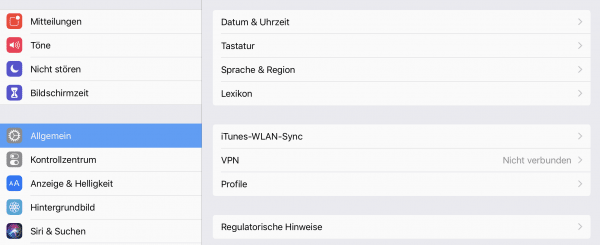 Here you will find the entry " VPN " relatively far below . Tap on it.
Here you will find the entry " VPN " relatively far below . Tap on it. 4th step:
 Now select " Add VPN ".
Now select " Add VPN ". 5th step:
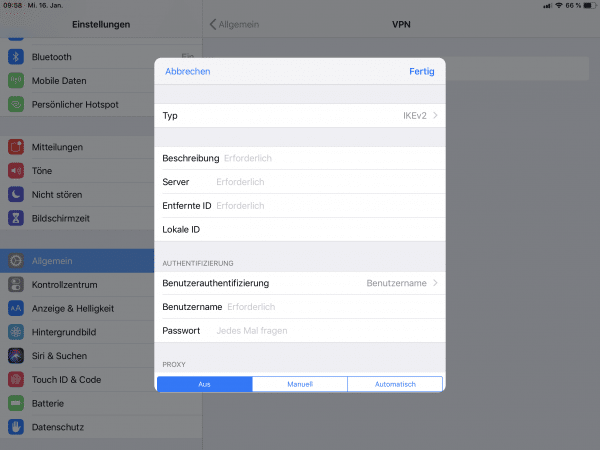 The iPhone or iPad now opens an input mask that looks rather confusing at first glance. But don't worry: If you have the access data for your VPN, the entries will actually open up automatically. In the following, we will enter the access data for a FritzBox. To do this, you must of course have set up a VPN on the FritzBox in advance .
The iPhone or iPad now opens an input mask that looks rather confusing at first glance. But don't worry: If you have the access data for your VPN, the entries will actually open up automatically. In the following, we will enter the access data for a FritzBox. To do this, you must of course have set up a VPN on the FritzBox in advance . 6th step:
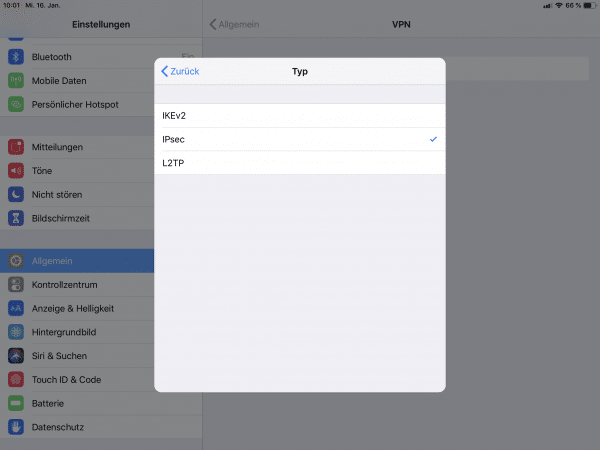 The same applies to all other VPNs: First select the VPN protocol used. Usually " IPsec " from Cisco is common. Then tap on “ Back ”.
The same applies to all other VPNs: First select the VPN protocol used. Usually " IPsec " from Cisco is common. Then tap on “ Back ”. 7th step:
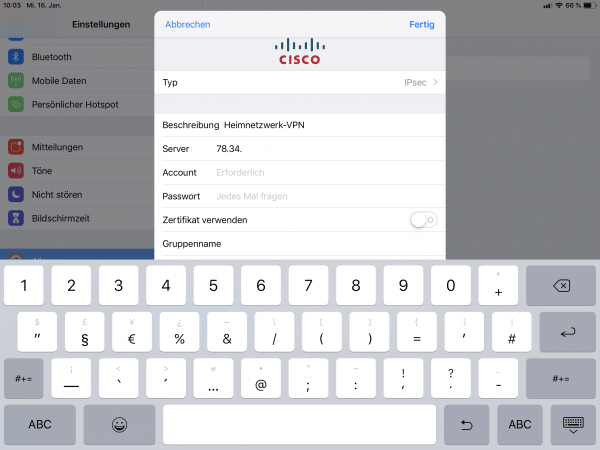 Now assign a clear description of the VPN connection and then enter the server address . This can be an IP address or a URL. Your administrator can tell you which one is.
Now assign a clear description of the VPN connection and then enter the server address . This can be an IP address or a URL. Your administrator can tell you which one is. 8th step:
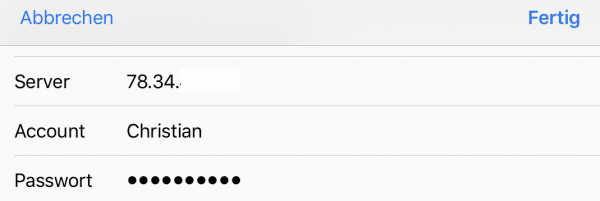 Now enter your VPN user name under “ Account ” and the corresponding password below . You can also leave the password field blank, then the iPhone or iPad will ask for the password every time.
Now enter your VPN user name under “ Account ” and the corresponding password below . You can also leave the password field blank, then the iPhone or iPad will ask for the password every time. 9th step:
 If necessary, switch on the use of certificates if this is required by your VPN server. The FritzBox does not need this function as a VPN server.
If necessary, switch on the use of certificates if this is required by your VPN server. The FritzBox does not need this function as a VPN server. 10th step:
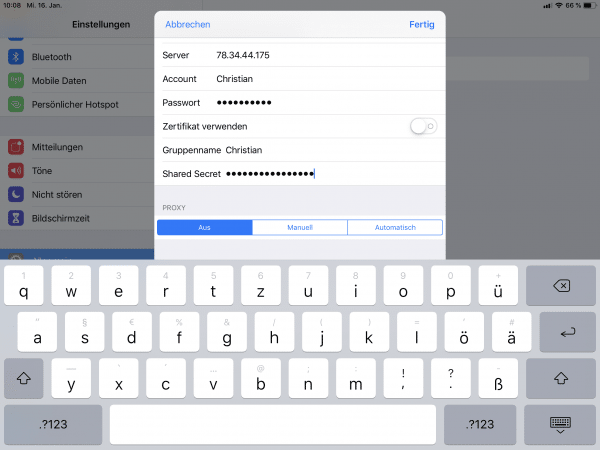 Finally, enter the group name and the shared secret . You can normally ignore the proxy option. Then click on “ Done ” to save the VPN connection.
Finally, enter the group name and the shared secret . You can normally ignore the proxy option. Then click on “ Done ” to save the VPN connection. 11th step:
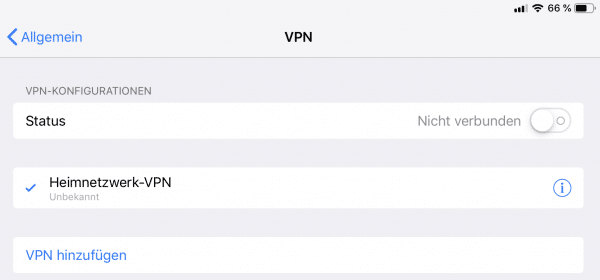 The connection is now stored under VPN. There is a switch that you can connect the VPN to.
The connection is now stored under VPN. There is a switch that you can connect the VPN to. 12th step:
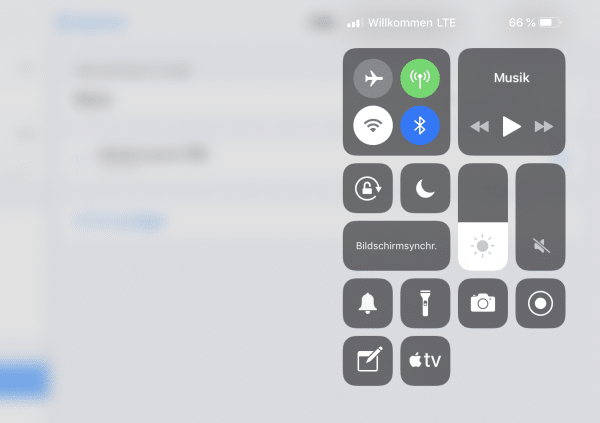 In order to test the connection, you should now leave your WLAN with the iPhone or iPad and simulate that you are outside the house. So you don't have to make a big move. The easiest way to deactivate WiFi is via the control center: Simply tap the WiFi symbol so that the connection is disconnected. An iPhone should then be connected to the Internet via LTE, as well as an iPad with 3G. An iPad that only has WiFi must be connected to the iPhone's hotspot . How you set up the Internet connection is basically irrelevant: it is important that you are no longer in your WLAN!
In order to test the connection, you should now leave your WLAN with the iPhone or iPad and simulate that you are outside the house. So you don't have to make a big move. The easiest way to deactivate WiFi is via the control center: Simply tap the WiFi symbol so that the connection is disconnected. An iPhone should then be connected to the Internet via LTE, as well as an iPad with 3G. An iPad that only has WiFi must be connected to the iPhone's hotspot . How you set up the Internet connection is basically irrelevant: it is important that you are no longer in your WLAN! 13th step:
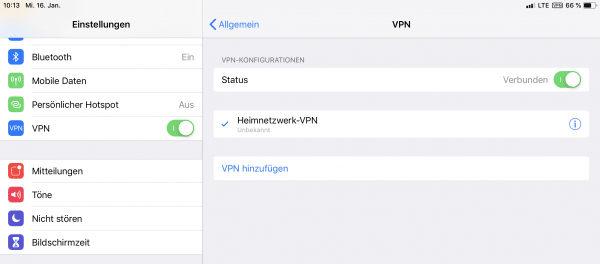 Now switch on the VPN connection. If you have entered all data correctly, the status "Connected" should appear. You should also be able to access devices in your network - such as the FritzBox - via an IP address. The easiest way to test this is to enter the network-internal IP address of the FritzBox in the browser. Warning: "Fritz.box" does not work in this mode!
Now switch on the VPN connection. If you have entered all data correctly, the status "Connected" should appear. You should also be able to access devices in your network - such as the FritzBox - via an IP address. The easiest way to test this is to enter the network-internal IP address of the FritzBox in the browser. Warning: "Fritz.box" does not work in this mode! 14th step:
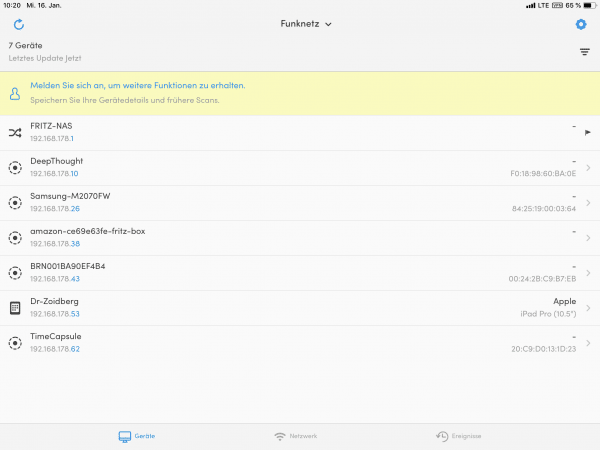 Of course, you can also address any other network device - such as a NAS - and use an app like Fing to scan the network for devices in order to address them.
Of course, you can also address any other network device - such as a NAS - and use an app like Fing to scan the network for devices in order to address them. What to do with the new VPN connection
Now, of course, the question arises as to what purpose the whole effort serves. Well: A VPN creates an "internal" network from outside via the Internet, the connection is encrypted. This means that all VPN participants act for themselves, for everyone else in the network and, last but not least, for external communication as if they were all in the same LAN. At the same time, all network services are made available that are otherwise available in the office or in the home network. This is particularly interesting when, for example, you want to quickly send a fax from your vacation with the multifunction printer you stayed at home or to access the content of servers and NAS devices. Internal messenger systems or services such as Outlook can also be used in this way.although access from outside is usually not possible..
German IP address abroad
And then there is of course another important aspect: If you are traveling for business or pleasure in countries where certain Internet services or websites are blocked, you can easily access them using VPN. The reason for this: The external communication of the VPN is handled via the location of the VPN server. For example, if that is your FritzBox at home, it will call up the data for you - with the German IP address. As long as a website is not blocked in Germany, you can also use the VPN as a “German surfboard”. Incidentally, this does not necessarily have to serve to bypass government blockades: Services such as Netflix have so-called geo-locks or location-dependent content. In the USA, for example, you always call up the US version of Netflix with a US address, which of course does not always make sense.The VPN can help you enjoy your favorite German-language series while on vacation. The only requirement is that the upload of your home internet tariff is as quick as possible, since all data must be uploaded to the VPN.
What about VPN services like NordVPN?
By the way: VPN services like NordVPN or Cyberghost use the same principle, but usually have their own app to establish the connection. Instead of the home FritzBox or the company server, requests are processed here via the server farms of the VPN provider. Depending on the provider and tariff, this can be used to overcome censorship measures, geo-blockades or even to disguise your own IP address. The disadvantage of this solution: Your own LAN cannot be reached in this way, and the services usually cost a monthly fee..
Tip : You can find an overview of the best VPN providers here.